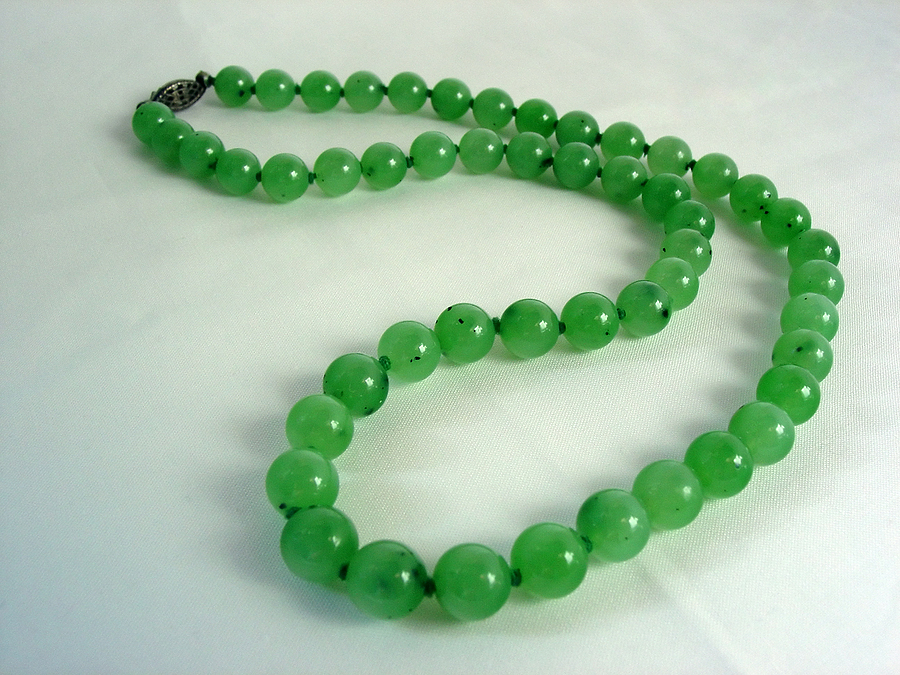What if you bought a beautiful jade in New Zealand, only to discover that it was a fake later? Oh my God! That’s not good enough for you. But how can you know whether the jade you’re looking at is genuine? Does anybody know of an exact DIY way for determining what’s real and what’s not?
As a gemstone, authentic jade in New Zealand has been in demand for millennia. Even in Latin America and China, where it has a significant cultural impact. Additionally, the stone is seen as a sign of purity and morality in addition to knowledge and bravery.
As demand for jade in New Zealand increases, so do scam artists who try to dupe customers into purchasing bogus jewelry. Every piece of jade has its own distinct characteristics that may be utilized to verify its genuineness.
In order to determine whether or not your new bracelet is real, you need to know some things and so your investigative abilities might come in handy. To prevent being conned, let’s look at several techniques to tell the difference between fake and real jade in New Zealand.
What Is a Jade, Anyway?
Throughout history, jade has been used for a variety of cultures. It was used to fend off bad spirits and heal ailments by placing it on the burial grounds of kings in ancient China. This gemstone has been used for centuries in everything from decorative carvings to sacred jewelry.
How to Tell a Fake Jade in New Zealand?
Returning to the jade bracelet you purchased lately and have been showing off at every gathering since, here are some tips for wearing it. Is this really happening? Don’t let yourself be paralysed by uncertainty. In order to verify the authenticity of a jade bracelet, use the following methods:
Check the Texture
When determining whether or not your jade in New Zealand is real, the first step is to examine its texture. Only translucent or translucent jade should be used in jewelry.
Without a vibrant sheen, it’s possible the jade has been artificially coloured. That specific piece of jewelry is most likely made of glass or counterfeit jade in New Zealand if it has bubbles within or two distinct hues inside one stone.
Translucent and silky to the touch, the greatest jade shines. Reflecting light like water, they have a vibrant hue. It’s possible to get opaque stones, but they’re a lot cheaper.
Look for Consistencies
To determine whether jade in New Zealand is genuine, the light test may be the most straightforward method. Check the color constancy of your bracelet by holding it up to a bright light. Consistency is key, but there should be a few tiny alterations and patterns woven throughout it. A blemish-free piece of fake jade, on the other hand, is more likely to contain imperfections within.
Since it’s unlikely that the bracelet’s pattern has any imperfections, it may be fake. Look for blemishes in the stone’s cutting or the appearance of lines on the surface. Even after polishing, the surface of genuine jade would still contain tiny defects like dents.
High-quality jade in New Zealand may be polished and checked for quality before being shown for sale, so they may not have these flaws, even if they cost more.
Listen to the Sound
Even if you’re certain that the jade is genuine, you may still tell by listening to its tone. Do you already own a piece of authentic jade jewelry? Make a gentle sweeping motion with your bracelet. Make sure you don’t hit the metal too hard with anything metallic like a key or a coin. This is often referred to as the “sound test”
An object constructed of glass or plastic will produce hollow tones with an eerie echoey quality. You get a muffled and deep resonant sound when you touch on actual jade in New Zealand compared to when you tap on synthetic jade.

